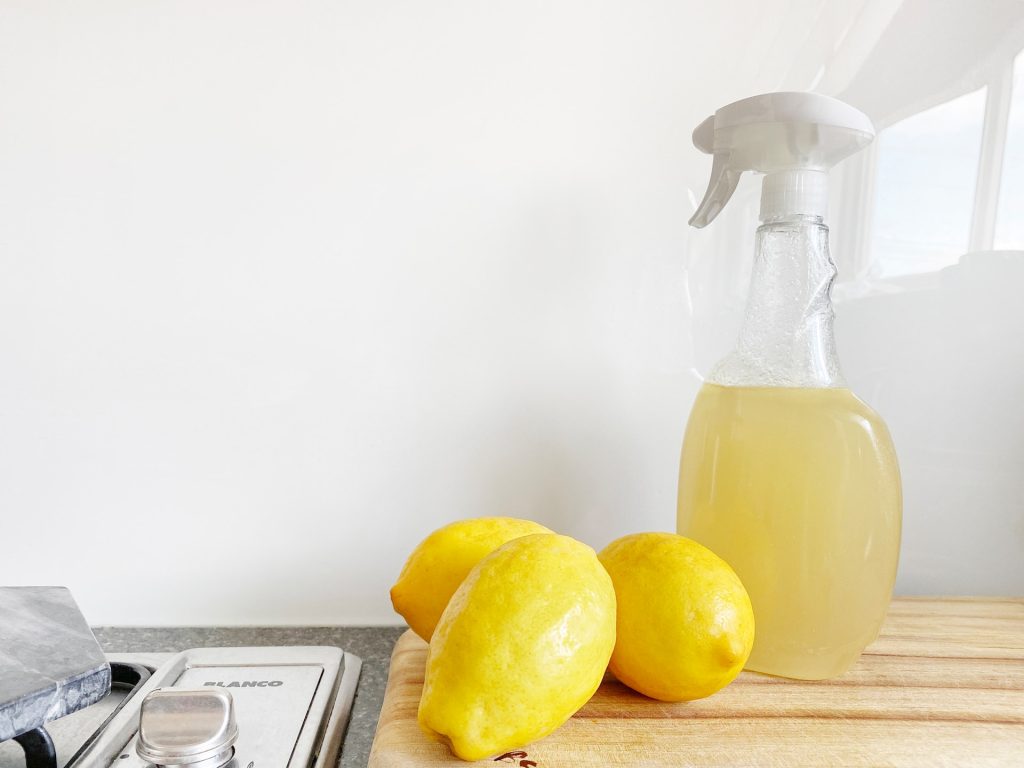In our quest for sustainability and a greener planet, every small change we make in our daily lives can have a significant impact. One area where we can make a difference is by opting for eco-friendly alternatives to common household products. In this blog post, we’ll explore the science behind these alternatives and the numerous advantages they offer for both our homes and the environment. Get ready to discover the world of eco-conscious living.

Natural Cleaning Solutions
Traditional household cleaning products often contain harsh chemicals that can be harmful to both our health and the environment. Eco-friendly alternatives, on the other hand, rely on natural ingredients like vinegar, baking soda, and citrus oils. These ingredients have antibacterial properties and work effectively to clean surfaces without leaving behind toxic residues. Studies have shown that natural cleaning solutions can be just as effective as their chemical counterparts, making them a safe and sustainable choice.
LED Lighting
Light-emitting diode (LED) bulbs are a brilliant example of eco-friendly technology. Unlike incandescent bulbs, which waste a significant portion of energy as heat, LEDs convert almost all of their energy into light. This efficiency not only reduces electricity consumption but also extends the lifespan of the bulbs. According to the U.S. Department of Energy, switching to LED lighting can save households up to 75% on energy costs and reduce greenhouse gas emissions.

Reusable Kitchenware
Single-use plastics are a major environmental concern, contributing to pollution and harming marine life. To combat this, consider eco-friendly alternatives like reusable shopping bags, stainless steel straws, and glass food containers. These items are not only durable but also help reduce the plastic waste that ends up in our oceans and landfills. By choosing reusable kitchenware, you can significantly decrease your ecological footprint.
Low-Flow Plumbing Fixtures
Water conservation is critical in a world facing water scarcity. Low-flow plumbing fixtures, such as faucets and showerheads, are designed to reduce water usage without compromising performance. They work by limiting the flow rate of water while maintaining adequate pressure. According to the Environmental Protection Agency (EPA), these fixtures can save the average household thousands of gallons of water each year, resulting in both cost savings and environmental benefits.

Solar Power Systems
Harnessing the power of the sun through solar panels is a sustainable way to generate electricity for your home. Solar photovoltaic (PV) systems convert sunlight into electricity, which can be used to power appliances and lighting. Excess energy can even be fed back into the grid or stored in batteries for later use. Solar power reduces greenhouse gas emissions, lowers electricity bills, and provides a renewable energy source for years to come.
Composting
Composting is a natural and eco-friendly way to manage organic waste, including food scraps and yard debris. By creating nutrient-rich compost, you can enrich your garden’s soil and reduce the need for chemical fertilizers. Composting also reduces the volume of waste sent to landfills, where organic matter produces harmful methane gas. The science behind composting involves the decomposition of organic material by microorganisms, transforming it into valuable humus.

Embracing eco-friendly alternatives in our homes is not just a trend; it’s a sustainable way of living that benefits both us and the planet. The science supporting these alternatives is sound, and the advantages are clear—safer, healthier living environments, cost savings, and a reduced ecological footprint. As we continue to explore innovative and eco-conscious solutions, we contribute to a more sustainable future for ourselves and generations to come.





